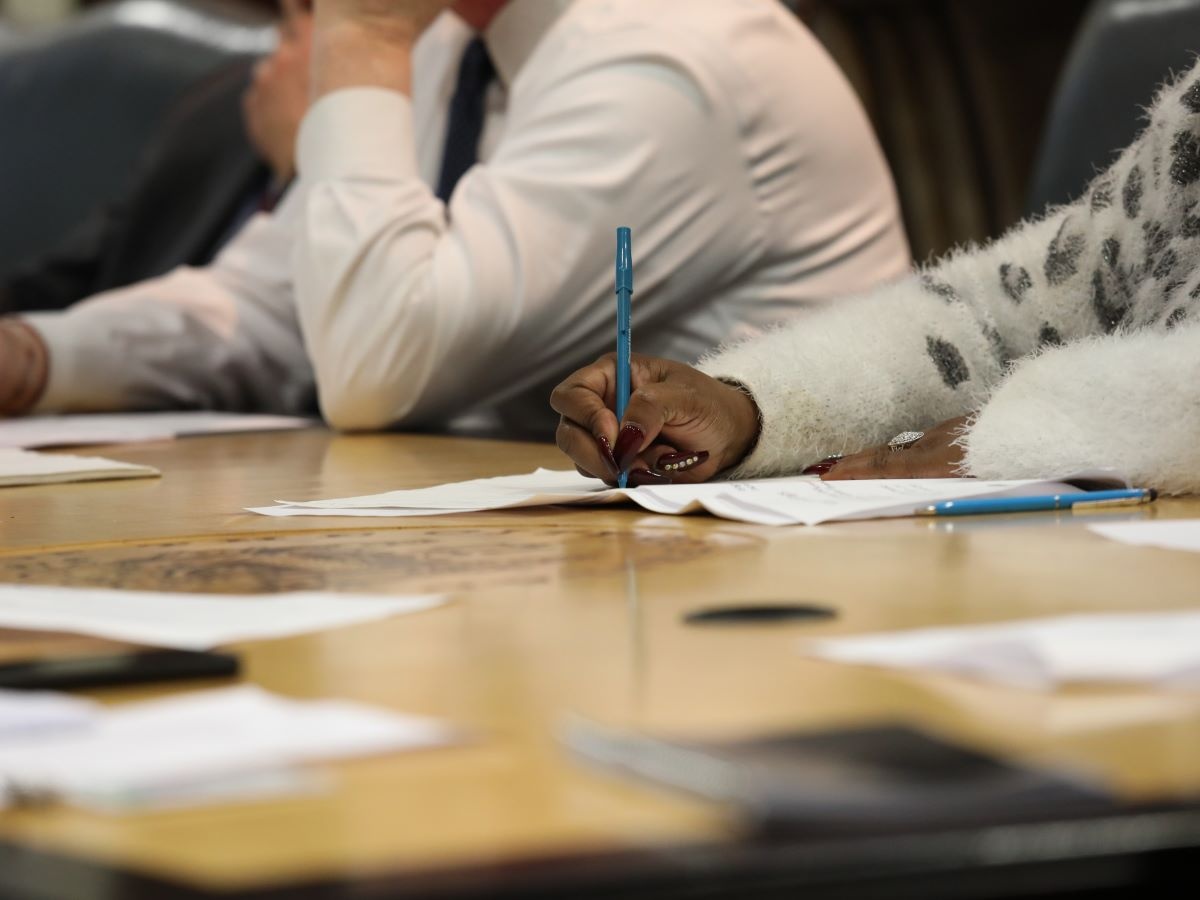Blog Articles
O’Reilly for Public Libraries provides tens of thousands of e-books, audiobooks, and on-demand courses focused on the latest developments in technology, personal finance, and business… continue reading O'Reilly for Public Libraries
By written by Tyler S. August 12, 2025
Join us for new sessions of our Federal Employee Transition Workshops at the Free Library. Come together with fellow federal workers for a workshop aimed at updating resumes, leveraging LinkedIn… continue reading Federal Employee Transition Workshops: Back by Popular Demand
By written by Administrator August 11, 2025
The Free Library offers a variety of homework help solutions for students of all ages. The Literacy Enrichment After-School Program ( LEAP ) , available throughout the school year,… continue reading Free Homework Help With Your Library Card
By written by Bridget G. August 11, 2025
One brisk March day on our lunch break, my friend Chris and I saw a lifeless feathered body in a storm grate on the street. The bird wasn’t a typical city bird — it had a very long… continue reading Why Do Birds Collide With Buildings?
By written by Laura S. July 28, 2025
Ready for some new reads to escape this long, hot summer? Read on for fun and inspiring books to help get you through the dog days of August. Young Children (up to 2nd Grade) The Marvelous Now by… continue reading New Titles Coming to the Free Library in August
By written by Rachel F. July 28, 2025
More books are written by and for trans and nonbinary people than ever before, and the Free Library wants YOU to read them with us! Join us on the third Tuesday of each month for a… continue reading Join the Trans By Trans Book Club
By written by Flan P. July 16, 2025 9
Dick Levinson joined the Free Library of Philadelphia about 15 years ago as a Community Relations Specialist. He was the first employee of Central Senior Services , working part-time and producing… continue reading Central Senior Services Programming: A Look at What Keeps It Thriving
By written by Joe S. July 14, 2025 2
On this page, we will have roof and ceiling repair updates on the Richmond Library every two weeks until the library is reopened. The estimated date for the library’s reopening is summer… continue reading Richmond Library Construction Updates
By written by Mark G. July 9, 2025 12
Five Free Library locations are offering children and youth aged 18 and under ready-to-eat meals this summer: Haverford Library , Joseph E. Coleman Northwest Regional Library , McPherson… continue reading Library Locations Acting as Student Meal Sites
By written by Administrator June 30, 2025
The Edwin A. Fleisher Collection of Orchestral Music , in partnership with Play on Philly (POP), is thrilled to announce the second installment of our Edwin A. Fleisher Scholarship! We love… continue reading Second Fleisher Collection Scholarship Awarded to Philadelphia Tubist, Keith Holmes
By written by Gillian R. June 27, 2025 2
The Free Library is pleased to announce the graduation of 13 patrons from the Digital Skills Program, taught by Beyond Literacy . This eight-week course covers computer and internet basics, and… continue reading Beyond Literacy Honoring Digital Skills Graduates from Five Libraries
By written by Lu F. June 25, 2025 1
Explore something new with one of these titles coming to the Free Library in July! Young Children (up to 2nd Grade) A Sky that Sings by Anita Sanchez Mia, a blind girl who enjoys identifying… continue reading New Titles Coming to the Free Library in July
By written by Rachel F. June 24, 2025 1
The Free Library of Philadelphia’s Special Collections is excited to present a free catalog of items that can be used to supplement Dungeons and Dragon s and other tabletop role-playing… continue reading Oddities and Wonders: A Selection of Unusual Artifacts for TTRPG Players
By written by Kelly D. June 24, 2025 4
Attention teens aged 14–19! Are you passionate about social justice? Are you looking for a unique learning and service opportunity? Philadelphia City Institute Library will be… continue reading Seeking Teen Applicants for the 2025 Social Justice Fellowship
By written by Administrator June 23, 2025
The Free Library is proud to announce the implementation of Homosaurus , a linked data vocabulary of LGBTQ+ terms. Homosaurus enhances LGBTQ+ discoverability within the catalog by offering patrons… continue reading Incorporating Homosaurus Into the Free Library's Catalog
By written by Clint F. June 23, 2025
Being Black and LGBTQ+ means navigating multiple dimensions of identity, each with its own unique set of challenges and triumphs. For some, the intersection of the LGBTQ+ and Black communities is… continue reading Black and Queer: 10 Powerful Reads at the Crossroads of Identity
By written by Dr. Guy Sims June 18, 2025
The Free Library is thrilled to welcome the community back to its recently renovated and reopened branches: Lawncrest Library , Blanche A. Nixon/Cobbs Creek Library , Kingsessing Library , and… continue reading Welcoming You Back to the Free Library's Improved Branches!
By written by Administrator June 17, 2025 15
What do the TTRPG (tabletop role-playing game) community and the LGBTQ+ community have in common, besides long acronyms? It turns out, a whole lot; there is a significant overlap between… continue reading Rolling for Identity: The Intersection of TTRPGs and LGBTQ+ Communities
By written by Kelly D. June 17, 2025 1
The Go Birds: Appreciating Our Avian Friends exhibition is on view in the Second Floor West Gallery at the Parkway Central Library from June 2 – August 30, 2025… continue reading Go Birds: Appreciating Our Avian Friends - An Exhibition from Special Collections
By written by Kelly D. June 16, 2025
Queer people and video games have gone hand-in-hand since the days of Pac-Man . Who among us hasn’t made their Sims get gay married? Or dreamt about rescuing Princess Zelda from the… continue reading Pride in Video Gayming
By written by Collin K.-H. June 16, 2025




















